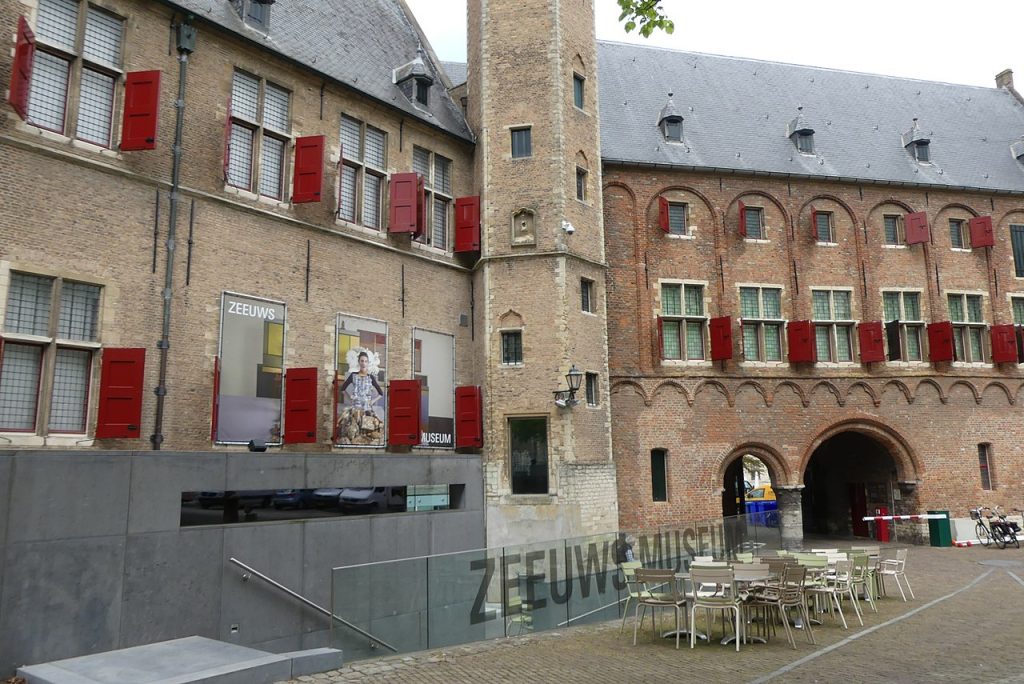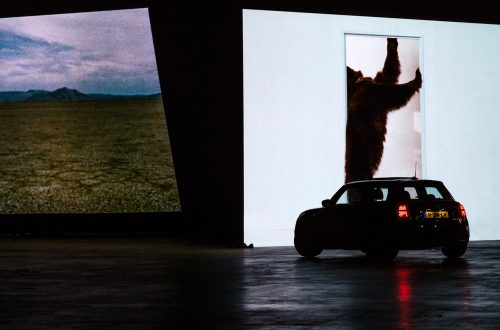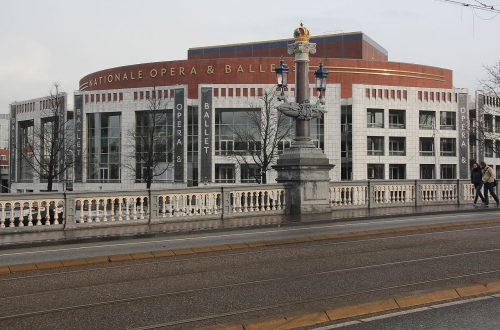
Being there – virtually: Robots in the Zeeuws museum (Middelburg, the Netherlands)
In order to enhance access to the museum for audiences with physical impairments – and more general for access in times of restrictions, the Zeeuws Museum experimented with a distantly operated robot tour guide. Apart from technical and digital issues that could be dealt with by innovation of the robot and its control, participants were happy with this form of contact. They did remark on the pleasure of always having a real person available in this way of visiting the museum. The experiment was also a positive experience for the museum itself as it provided for continuity during the lockdown phases of the pandemic.
Background
The Zeeuws Museum in Middelburg is a regional museum of art, crafts, history, and identity of the province of Zeeland in the South of the Netherlands. The origin of the museum is the early twentieth-century fusion of two collections in Middelburg: the encyclopedic collections of a local eighteenth-century learned society, Koninklijk Zeeuwsch Genootschap der Wetenschappen, and the collection of paintings and drawing of Het Kunstmuseum. In 1972 the museum was relocated from a patrician building to its current location: the Middelburg abbey in the city centre of Middelburg.

Currently, the Zeeuws Museum collects, presents, and shares the history and culture of the province of Zeeland, focusing on shared experiences such as work, free time, religion, science, and art, that are organised in the collection domains of fashion / regional costume, tapestry, history and archaeology, art, crafts, and natural history. The museum’s collections and historical narratives are continuously tested to contemporary experiences and identities, by means of social and educational collaborations, artistic reinterpretation, research, and craft projects. The museum partners with schools, care institutions and participates in the OF/BY/FOR ALL change network for meaningfully involving (lesser-known) communities in the museum’s activities.
A sensitivity for the dynamics and needs of contemporary society has urged the Zeeuws Museum to calibrate the institution to social goals. It means that the museum operates from a profound understanding that relating to a changing society means a constant process of learning and changing in the institution as well.
Description
In the project Robots in the Museum, the Zeeuws Museum introduces a robot tour guide as a remote way of visiting the premises. It consists of a mobile audio and video device that is controlled via the internet so that audiences can ‘visit’ the museum from their homes (or in principle, any other location). The idea had arisen before the pandemic as a continuation of the exhibit ‘Nooit meer werken’ (Never work again) where they showed and speculated on ways robots (could) take over human jobs. At first, the goal was to provide audiences with mobility impairments access to the museum. At the start of the project, the robot was made available for elderly people in care centres.
The event of the pandemic proved the project even more urgent. Though a large part of society was able to move their social and work contacts to the digital platform, the elderly were essentially isolated. The first digital tours started at the end of August 2020, when the museums were briefly allowed to open but considered unsafe for vulnerable audiences. These participants enjoyed the tour with the help of a caretaker managing the computer program and a tour guide who was actually present in the museum with the robot. The visitor could steer the robot around to see the exhibit while also communicating with a museum employee.

The initial project lasted for a week and a half, but when the country went back in lockdown late 2020, it quickly became obvious the museums would have to remain closed for a longer period. By then, the robotic tours were made available for everyone, for free, in the period between January and May 2021. The Zeeuws Museum chose to forego payment because of the many hiccups the robot and its presence in the museum still had: users of the robot reported problems with the app, the existing WiFi in the museum had to be upgraded and the robot had a narrow field of view, limiting the amount of objects the user could actually see. In total, some 360 people did the digital tour over the span of five months, three days a week.
In the period between January and May, the BeamPro robot was rented for €30,000. Zeeuws Museum briefly thought about buying one of their own, but decided to wait for the technology to improve considering the problems they encountered.
Impact
Feedback was collected anonymously by the museum, mainly for preparing a similar initiative in the future. A lot of these forms consisted of points of technical improvements, but a large part of the participants added that the opportunity for a cultural visit was a welcome one. Overall, people mentioned that the interaction with the tour guide, such as being able to ask questions and discuss various topics, was the highlight of their tour.
Part of the museum staff had continued working during lockdown, but tour guides were depending on the museum being open. The ‘Robots in the Museum’ initiative not only proved a welcome addition for vulnerable audiences, but also made sure that the tour guides could at least in part keep doing their jobs – thereby adding to a sense of continuity of the museum and its staff. The foundation Vrienden Zeeuws Museum (Friends of the Zeeuws Museum) donated money so the tour guides could still get paid, even though the work was scarce.
For sure, the project has been able to connect different groups of people with art during a time where isolation was mandatory and opportunities to interact with culture in short supply. By offering the tour for free, Zeeuws Museum digitally opened up their building to everyone who had an interest to participate, while also giving people a glimpse of what might be possible in the future.
Interpretation
The ‘Robots in the Museum’ project helped museum take a close look at their accessibility for different audiences. Although the project posed new (technical) problems, the initiative is seen as a success and a useful first step in exploring new technology. Not only target groups but also the museum staff itself benefited from the unique form of contact during the pandemic: it was, after all, a way of continuing museum work and keeping in touch with society. The museum still has to consider how far it wants to go in mechanizing museum visits. Audiences in this experiment have emphasized on the pleasure of connecting with a real museum guide, also during these distant tours.
References
- Zeeuws Museum, “Jaarverslag 2020” (May 21st, 2021), https://www.zeeuwsmuseum.nl/nl/jaarverslag/2020 (Accessed 22 January 2022).
- Zeeuws Museum, “Robots in the Zeeuws Museum” (version August 24th, 2020), https://www.zeeuwsmuseum.nl/nl/over-het-museum/pers/persberichten-1/robots-in-het-zeeuws-museum (Accessed 22 January 2022).
- https://www.zeeuwsmuseum.nl/nl/over-het-museum/organisatie/wat-we-doen/visie-missie (Accessed 22 January 2022).
- https://www.youtube.com/watch?v=rIXtfr8WZaA (Accessed 22 January 2022).
- Ruiter, M., Director of the Zeeuws Museum, interviewed by Nina Kaiser on December 12th, 2021.
Author
Header photograph
Photo




